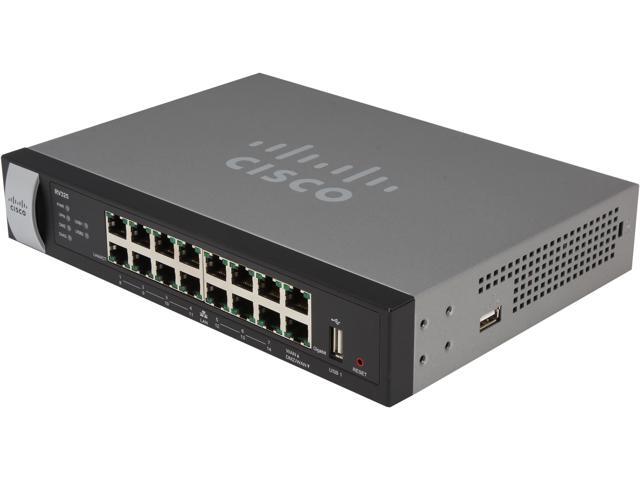
Local Area Network (LAN): Key Differences and Similarities Top 10 Mesh Network Routers in 2022Īccording to 2021 research by Mordor Intelligence, the global mesh networking market was worth nearly $5 billion in 2020 and will cross $9.5 billion by 2026. Ethernet connectivity: The router’s ports will determine the options you have to connect it to the local area network (LAN).

Ease of setup and management: Buying a mesh router that requires a lot of expertise and technical know-how will only increase the fixed cost of the mesh network.Band technology: Wi-Fi mesh routers come with dual or tri-bandwidth technologies.
 Wi-Fi standard: The latest generation is the Wi-Fi 6 (806.11ax), and the router’s compatible standard will determine the quality of connectivity. Square feet coverage: This describes the range across which the Wi-Fi network is available to device users. When searching for the perfect mesh router, there are five features you should look out for: Unlike the conventional router, it also communicates with satellite nodes. Like the traditional router, it is the device that centers the network and communicates with the modem. The mesh router is unique to the mesh system. There are three main components of the mesh network – the modem ( a device in direct communication with your internet service provider), satellite nodes (devices around the home to receive better Wi-Fi signals), and the mesh network router. Thus, the mesh router works from multiple access points simultaneously. The mesh router uses those connected nodes to distribute Wi-Fi signals throughout the home and extend coverage. This setup is guided by the app and is essential so that network traffic can jump from one node to another. The nodes are placed around the house and set up to be within range of one another. See More: What Is Wide Area Network (WAN)? Definition, Types, Architecture and Best Practices How does it work?Ī mesh networking kit comprises at least two nodes that represent a combination of a router, Wi-Fi extender, an access point, and an Ethernet switch. In contrast, a mesh router provides quicker and better coverage and a more stable connection for the devices linked to that network, simultaneously from multiple access points or nodes. This leads to delays, dead zones, and slower connections. Traditional routers that amplify the network coverage of a Wi-Fi can only broadcast the Wi-Fi from a single point.
Wi-Fi standard: The latest generation is the Wi-Fi 6 (806.11ax), and the router’s compatible standard will determine the quality of connectivity. Square feet coverage: This describes the range across which the Wi-Fi network is available to device users. When searching for the perfect mesh router, there are five features you should look out for: Unlike the conventional router, it also communicates with satellite nodes. Like the traditional router, it is the device that centers the network and communicates with the modem. The mesh router is unique to the mesh system. There are three main components of the mesh network – the modem ( a device in direct communication with your internet service provider), satellite nodes (devices around the home to receive better Wi-Fi signals), and the mesh network router. Thus, the mesh router works from multiple access points simultaneously. The mesh router uses those connected nodes to distribute Wi-Fi signals throughout the home and extend coverage. This setup is guided by the app and is essential so that network traffic can jump from one node to another. The nodes are placed around the house and set up to be within range of one another. See More: What Is Wide Area Network (WAN)? Definition, Types, Architecture and Best Practices How does it work?Ī mesh networking kit comprises at least two nodes that represent a combination of a router, Wi-Fi extender, an access point, and an Ethernet switch. In contrast, a mesh router provides quicker and better coverage and a more stable connection for the devices linked to that network, simultaneously from multiple access points or nodes. This leads to delays, dead zones, and slower connections. Traditional routers that amplify the network coverage of a Wi-Fi can only broadcast the Wi-Fi from a single point. 
The objective of using mesh routers is to envelop the entire building with network coverage, replacing the need for multiple Wi-Fi routers in a large home or office building.

A mesh network is built on a rich interconnection between stable and fixed nodes to ensure adequate and non-interrupted data delivery. The Wi-Fi network is now available to eliminate the need for multiple, direct connections to internet service providers.įurther, to address loopholes in the range of connectivity a regular Wi-Fi can provide, we are now witnessing the rise of the mesh network router.Ī mesh network router or a mesh Wi-Fi system is a home or small business Wi-Fi solution created to eliminate network dead zones and provide continual Wi-Fi connection all over the space. Thirty years later, the world is still racing to make communication easier and faster across all devices. Since the advent of the internet in the early 90s, there have been frequent breakthroughs in technology, improving our connectivity experiences with every passing day.
Comparison of the Best Mesh Network Routers in 2022Ī mesh network router, also called mesh Wi-Fi, is defined as a wireless connectivity solution that comprises the main router and multiple wireless access points that create a mesh network to provide a large home or mid-sized office space with comprehensive connectivity.Ī Diagrammatic Representation of a Mesh Network Router At Work.








 0 kommentar(er)
0 kommentar(er)
